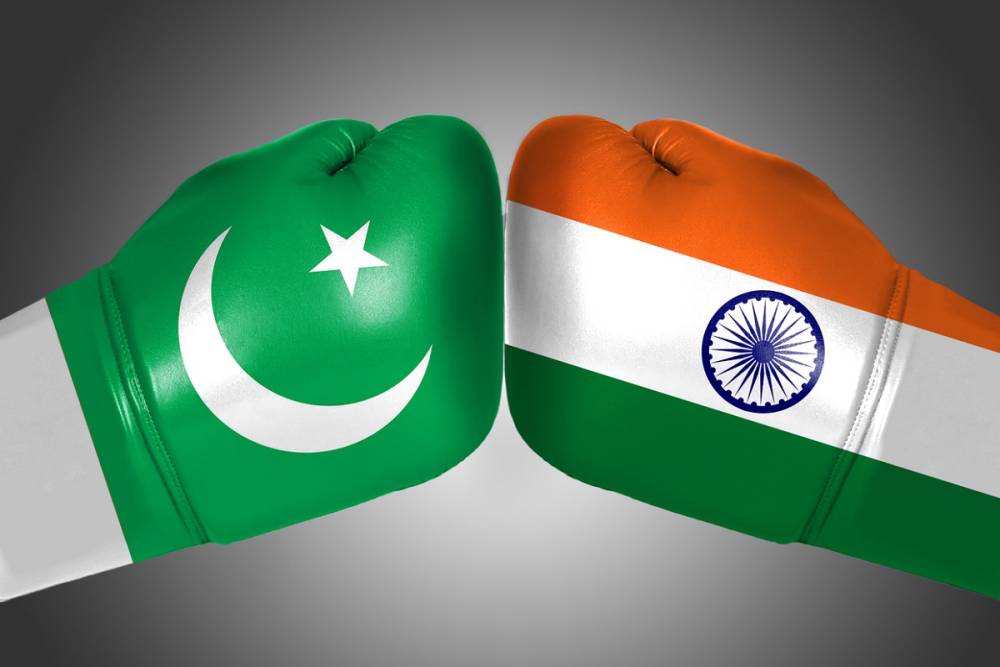
ew Delhi – A recent U.S. intelligence report has revealed alarming developments in South Asia’s strategic landscape, highlighting Pakistan’s continued efforts to develop deadly weapons with Chinese assistance. The report underscores India’s focus on countering these threats through defense modernization, regional partnerships, and strategic deterrence, primarily against China, which India views as its “primary adversary.”
The findings come from the 2025 Worldwide Threat Assessment Report released by the U.S. Defense Intelligence Agency (DIA), a key arm of the Pentagon specializing in military intelligence.
The report references the recent cross-border conflict between India and Pakistan that occurred earlier this month. Following a terrorist attack in Jammu and Kashmir at the end of April, India launched targeted missile strikes on terrorist infrastructure located in Pakistan and Pakistan-occupied Kashmir (PoK).
These strikes triggered a series of retaliatory actions from both sides, including the use of missiles, drones, and heavy artillery between May 7 and May 10. However, both nations agreed to a full ceasefire on May 10, bringing a temporary halt to the hostilities.
According to the DIA, India considers China its foremost strategic challenge, while Pakistan is viewed as a “secondary security concern.” The report states that Prime Minister Narendra Modi’s defense priorities are likely to remain centered on presenting India as a global leader, countering Chinese influence, and bolstering India’s military capabilities.
“Despite the recent flare-up with Pakistan, India’s long-term focus remains on China, particularly in the Indo-Pacific region,” the report notes.
The report highlights India’s ongoing efforts to modernize its military under the “Make in India” initiative. Key advancements in 2024 included:
Continued development of the nuclear-capable Agni-1 Prime MRBM and Agni-V MIRV (Multiple Independently Targetable Reentry Vehicle).
Commissioning of its second nuclear-powered submarine to strengthen its nuclear triad.
Investments aimed at reducing dependence on foreign supply chains by enhancing domestic defense production.
India is also prioritizing bilateral defense partnerships in the Indian Ocean Region to expand its influence and counterbalance China’s growing presence.
The report affirms that India is expected to maintain its relationship with Russia throughout 2025, viewing it as essential to meeting its economic and defense goals. While India has reduced new purchases of Russian-origin weaponry under Prime Minister Modi’s leadership, it still depends heavily on Russian spare parts for its large inventory of tanks and fighter aircraft—critical to its defense posture against China and Pakistan.
On the other hand, the report outlines Pakistan’s strategy as one focused on offsetting India’s conventional military superiority through continued development of tactical nuclear weapons. It also notes the internal security challenges faced by Pakistan, including growing attacks by the Tehrik-i-Taliban Pakistan (TTP) and Baloch nationalist militants.
In 2024 alone, terrorist attacks within Pakistan claimed over 2,500 lives. The Pakistani military is expected to continue prioritizing counterterrorism, nuclear modernization, and border skirmishes with regional adversaries.